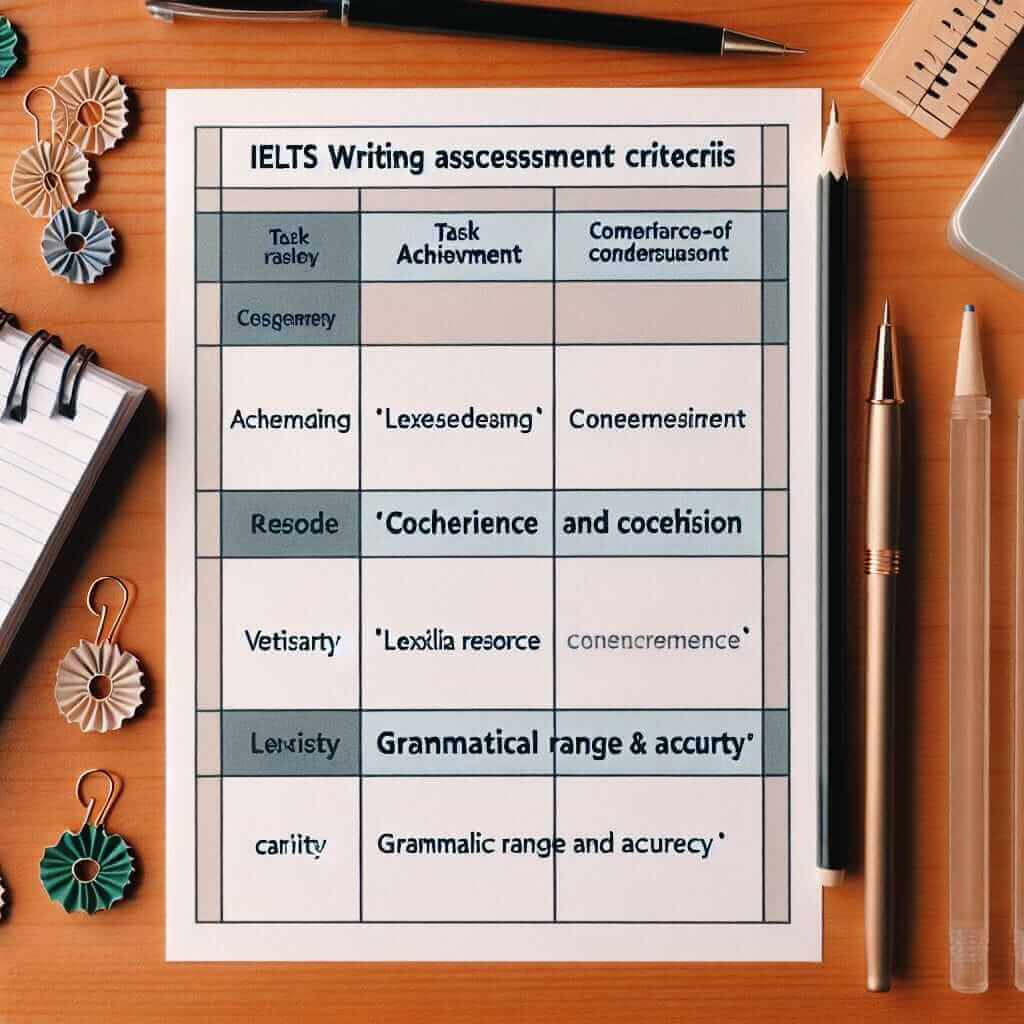As an IELTS instructor with over 20 years of experience, I understand the importance of the IELTS Writing test and the anxiety surrounding score calculation. Many students find the scoring system perplexing. This article aims to demystify the process and provide clarity on how your IELTS Writing score is determined.
Understanding the IELTS Writing Test
The IELTS Writing test assesses your ability to produce two different pieces of writing in a clear, organized, and grammatically accurate manner within a 60-minute timeframe.
- Task 1 (20 minutes): Requires you to summarize, describe, or explain visual information presented in a graph, chart, table, or diagram.
- Task 2 (40 minutes): Involves responding to a given essay prompt, presenting your perspective on a specific issue.
How Your Writing is Assessed
Both Task 1 and Task 2 are scored on four equally weighted criteria:
1. Task Achievement (TA): This criterion evaluates how effectively you have addressed the task requirements. For Task 1, it assesses your ability to highlight key features and trends, while in Task 2, it focuses on how well you present and support your arguments.
2. Coherence and Cohesion (CC): This criterion assesses the overall clarity and fluency of your writing. It examines how well your ideas are organized logically, the use of cohesive devices (linking words and phrases), and the smooth flow of information.
3. Lexical Resource (LR): This criterion assesses the range and accuracy of your vocabulary. It considers your use of synonyms, idiomatic expressions, and subject-specific vocabulary.
4. Grammatical Range and Accuracy (GRA): This criterion evaluates the range and accuracy of your grammatical structures. It assesses your ability to use a variety of sentence structures and tenses accurately.
 ielts writing score criteria
ielts writing score criteria
Calculating Your Overall Writing Score
Each of the four criteria is scored on a 9-band scale, with 9 being the highest. Your overall Writing band score is the average of the four individual scores, rounded to the nearest half band.
Example:
Let’s say you received the following scores for your Writing test:
- Task 1: TA – 7, CC – 6, LR – 7, GRA – 6
- Task 2: TA – 8, CC – 7, LR – 7, GRA – 7
Calculation:
- Calculate the average for Task 1: (7+6+7+6)/4 = 6.5
- Calculate the average for Task 2: (8+7+7+7)/4 = 7.25
- Calculate the overall average: (6.5 + 7.25)/2 = 6.875
- Round to the nearest half band: Your overall Writing score would be 7.0.
Tips to Improve Your Writing Score
- Understand the assessment criteria: Familiarize yourself with the four assessment criteria to understand what examiners are looking for.
- Practice regularly: Write essays and reports on a variety of topics to develop your writing skills.
- Get feedback: Ask an experienced IELTS instructor to evaluate your writing and provide constructive criticism.
- Expand your vocabulary: Learn new words and phrases and practice using them in your writing.
- Improve your grammar: Review grammar rules and focus on areas where you make frequent mistakes.
Conclusion
While the IELTS Writing score calculation might seem complicated, understanding the individual criteria and their weighting can help you strategize your preparation. By focusing on all four assessment areas and practicing regularly, you can improve your writing skills and aim for a higher band score. Remember, consistent effort and targeted practice are key to achieving your desired result.


